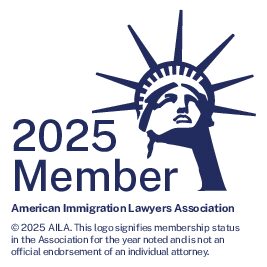Demonstrating the complementary international dynamics of China’s surging economic growth and America’s enduring appeal, the State Department has announced that EB-5 investor visas for Chinese nationals are unavailable and will no longer be issued through the 2014 fiscal year, ending September 30.
Get this: Cash capable entrepreneurs from China have obtained north of 80% of all EB-5 immigrant-investor visas issued during the current fiscal year. 10,000 EB-5s are allotted annually worldwide, but the law provides for pour-over of unused visas to countries willing to gobble them up, as China has wontonly demonstrated.
While USCIS approves EB-5 petitions, the State Department, through its embassies and consulates, has authority for final approval and issuance of the visas abroad. The EB-5 program, despite widespread misgivings as pay-to-play immigration, involves an incremental and heavily scrutinized petition process and is intended to serve as a vehicle for eventual permanent residence in the United States if the investor remains actively engaged and invested in the U.S. enterprise for greater than two years. Merely ‘showing the money’ won’t get you the visa. Ten U.S. workers must be employed full-time by the investment enterprise, and the cha-ching amount exceeds $1 million at risk of loss, unless situated in a specially-designated high-unemployment region, where the investment amount is halved to $500,000. (One wonders whether the Washington, DC area may soon provide low-fruit EB-5 opportunities for the savvy foreign investor.)
Complementing China’s ostensible commitment to American capitalism, South Korea, India and Mexico also heavily utilize the EB-5 program. Money may not be able to buy happiness, but with a decent business plan and a roll of the dice, it can get you an American visa. Not until next year for Chinese hopefuls.



